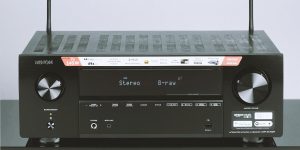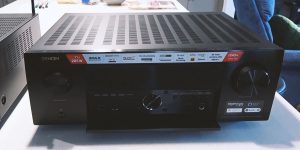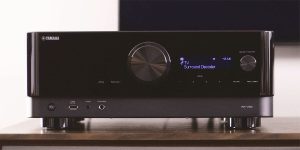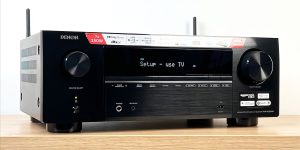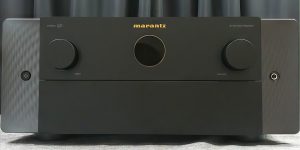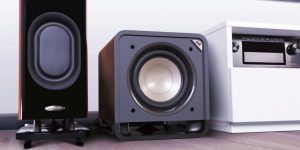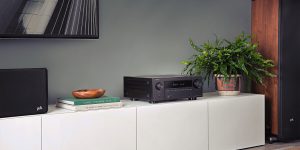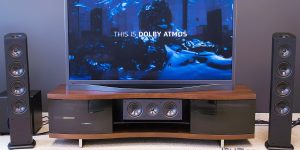I wrote this article for you to know how to connect the speaker wire to your audio system correctly to have a maximally euphoric mood from your home theater audio! So, read it attentively, make notes where needed, and you will always get the best impressions of your sound.
About the speaker wire
A speaker wire is an electrical cable used to connect an audio amplifier or receiver to a speaker. It is specifically designed to transmit the audio signal from the amplifier to the speaker with minimal loss of quality or distortion.
The importance of size
The size or gauge of the speaker wire determines the wire’s electrical resistance and ability to transmit power. Thicker wires with lower gauge numbers (e.g., 12 AWG) have lower resistance and are better suited for longer distances or high-power applications. In comparison, thinner wires with higher gauge numbers (e.g., 16 AWG) can be used for shorter distances or lower-power setups.
How to define the positive and negative ends of a speaker wire?
Determining the positive and negative ends of a speaker wire is essential for connecting speaker wires. To understand where which end is, follow these general guidelines:
- Look for markings: Some speaker wires may have markings to indicate polarity. These markings can include color coding, text (e.g., “+” or “-“), or a stripe along one side of the wire.
- Examine the wire jacket: If there are no explicit markings, you might notice subtle differences, such as a ribbed pattern, a dashed line, or texture on one side. This site is usually indicative of the negative (-) end.
- Check for color-coding: In such cases, the solid color wire is typically the positive (+) end, while the wire with the stripe or contrasting color represents the negative (-) end.
- Use a multimeter: If you get a positive continuity reading, the probes are on the same wire, and you’ve identified the polarity. If you get a negative or no continuity reading, try switching the probes to the other ends of the wire.
Remember that maintaining the correct polarity is important for the accurate reproduction of audio. Connecting speakers with reversed polarity can result in phase cancellation and reduced sound quality.
How to connect speakers with speaker wire
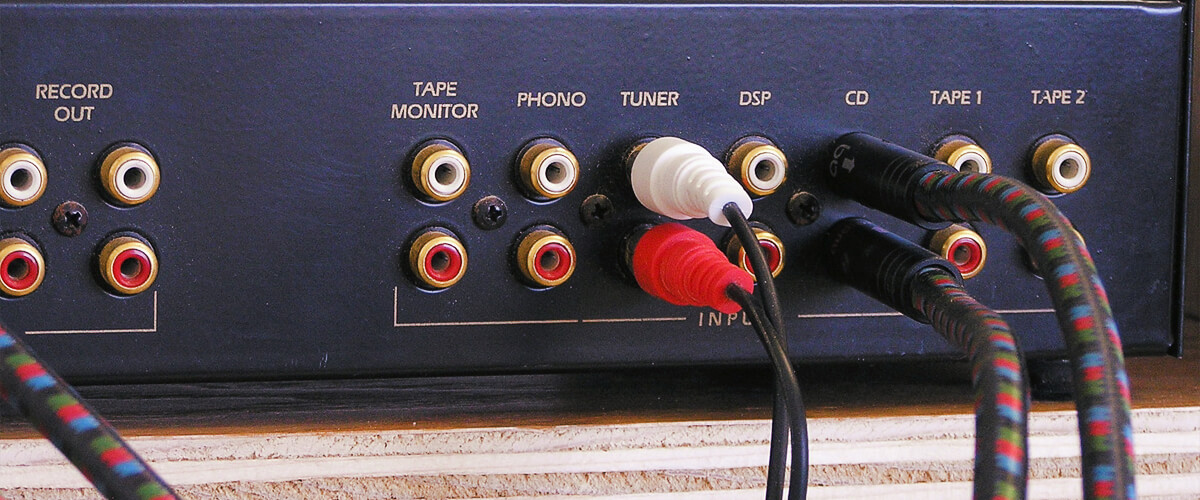
For connecting the speaker to an amp or receiver, follow the steps I indicated in the table below:
| Action | Description |
|---|---|
| Determine the length | Measure the distance between your amplifier/receiver and the speakers to determine the length of speaker wire you need. |
| Strip the wire ends | Carefully strip off a small portion of the insulation from both ends of the speaker wire. The exposed portion should be about 1/2 inch to 3/4 inch (1.3 to 1.9 cm) long, exposing the inner conductors. |
| Identify the polarity | Refer to the guidelines mentioned earlier to identify the positive (+) and negative (-) ends of the wire. |
| Connect the wire to the amplifier/receiver | Insert the exposed positive (+) end of the speaker wire into the corresponding positive terminal and tighten it securely. Repeat this process with the negative (-) end of the wire and the corresponding negative terminal. |
| Connect the wire to the speakers | Locate the speaker input terminals on the back of each speaker. Insert the positive (+) end of the wire into the positive terminal and tighten it securely. Repeat this process with the negative (-) end of the wire and the corresponding negative terminal. |
| Check the connections | Ensure that all connections are tight and secure. Give the wire a gentle tug to make sure it is firmly in place. |
| Repeat for additional speakers | If you have multiple speakers, repeat steps 4 to 6 for each speaker, connecting them to the appropriate terminals on the amplifier/receiver. |
| Test the setup | Once all connections are made, power on your audio system and play some audio. Verify that sound is coming from each speaker and that the audio quality is satisfactory. |
By following these steps, you can successfully connect the speaker wire to a receiver or amplifier.
What if I connect the speaker wires wrongly?
It’s human nature to make mistakes, and it’s fairly easy to do so when connecting speaker wires. Read on for the consequences of the most common mistakes when connecting speakers with wires.
Connect the left speaker to the terminals marked on the right on the receiver
If you connect the left speaker to the terminals marked for the right speaker on the receiver, and vice versa, it will result in the audio channels being reversed.
This reversal of audio channels can lead to a distorted stereo image and affect the spatial positioning of sound in your audio setup.
What if I connect the positive speaker wire end to the negative terminals?
If you connect the positive speaker wire end to the negative terminals and vice versa, it will result in reverse polarity that can have some negative effects on the audio reproduction:
- Phase cancellation: The audio signals from the left and right channels are out of phase with each other. This can lead to phase cancellation, where certain frequencies may cancel each other out or sound significantly reduced,.
- Imbalanced soundstage: Instruments and vocals that are supposed to be centered may appear off-center or shift to one side. This can disrupt the intended balance and localization of sound in the stereo mix.
- Weakened bass response: The low-frequency components of the audio signal may be weakened or canceled out due to phase cancellation, resulting in an imbalanced sound with less.
To ensure proper audio reproduction, it’s important to connect the positive speaker wire end to the positive terminals and the negative end to the negative terminals. This ensures that the audio signals are in phase and allows for accurate stereo imaging, balanced sound, and faithful reproduction of the original audio content.
Types of speaker wire connections
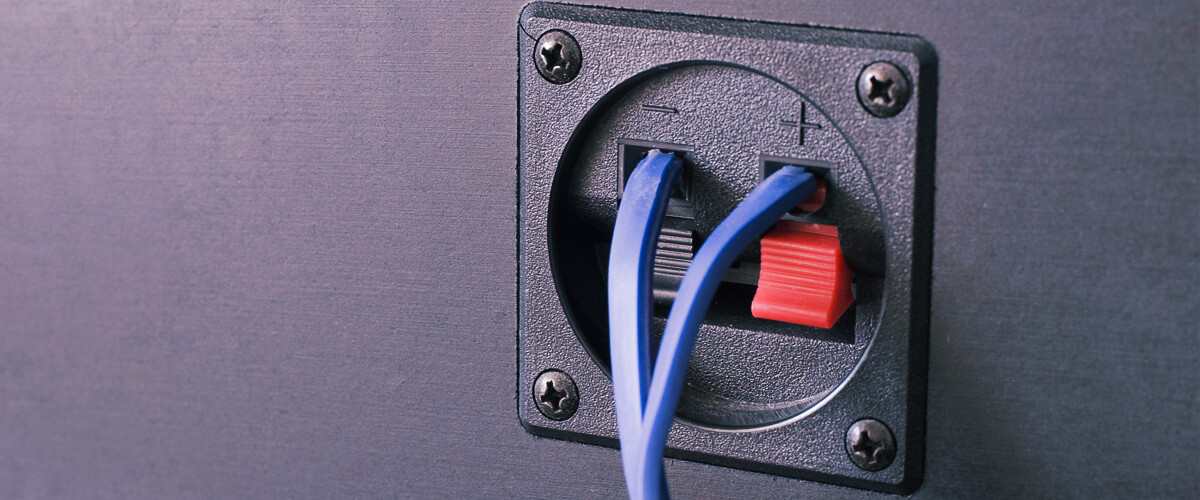
There are several types of speaker wire connections that you can use for hooking up speaker wire to audio amplifiers or receivers, and I will focus on the most popular ones:
Spring clips
Spring clips are typically found on the back of speakers or the binding posts of audio receivers or amplifiers. They provide a convenient and secure method for connecting speaker wires.
Spring clips are generally considered a more basic and less robust option compared to other types of connections like banana plugs or spade connectors. They may not provide the same level of tightness or conductivity as some other connection methods, and they can be less forgiving when it comes to thicker gauge wires. However, they are still commonly used and can be perfectly suitable for many home audio setups.
Binding posts
Binding posts are a common type of speaker wire connection found on audio receivers, amplifiers, and high-quality speakers. They offer a versatile and secure method for connecting speaker wires.
Binding posts provide a secure and reliable connection, allowing for excellent audio signal transmission. They are commonly used in home theater systems, stereo setups, and professional audio applications.
Speaker wire connector types

There are various types of speaker wire connectors available, offering different methods of connecting speaker wires to audio equipment. I recommend choosing from these most commonly used speaker wire connector types:
Pin connectors
Pin connectors are cylindrical connectors with a solid pin at the wire end. They can be inserted into compatible terminals or binding posts. Pin connectors provide a secure and reliable connection and are often used in professional audio setups or with equipment that has dedicated pin connector terminals.
Banana plugs
Banana plugs are cylindrical connectors with a pin or a banana-shaped prong at the end. They are widely used and provide a secure and convenient connection. Banana plugs are easy to insert and remove, making them suitable for frequent connections and disconnections.
Spade connectors
Spade connectors feature a flat, fork-like shape at the wire end. They provide a solid and secure connection by being inserted into the corresponding terminals or binding posts. Spade connectors offer a larger contact surface area compared to banana plugs, ensuring good conductivity and minimizing signal loss.
Why should I use speaker wire connectors?
Using speaker wire connectors offers several advantages compared to bare wire connections. The reasons for this I indicated in the table below:
| Reason | Description |
|---|---|
| Convenience and ease of use | Speaker wire connectors often feature a plug-and-play design that allows for quick and hassle-free installation. |
| Secure and reliable connection | The connectors ensure that the wire is properly attached and tightly secured to the terminals or binding posts of your audio equipment. |
| Improved conductivity and signal transmission | Speaker wire connectors provide a larger contact surface area compared to bare wire connections. This enhanced contact area improves conductivity and minimizes signal loss. |
| Durability and longevity | Speaker wire connectors are designed to be robust and durable, able to withstand repeated connections and disconnections without degrading the connection quality. |
| Compatibility with different equipment | Speaker wire connectors are designed to fit into various types of terminals or binding posts, ensuring a standardized connection method. |
While using speaker wire connectors is not mandatory, they offer practical advantages in terms of convenience, reliability, signal transmission, and compatibility.
We are supported by our audience. When you purchase through links on our site, we may earn an affiliate commission at no extra cost to you.
Our newsletter
* We will never send you spam or share your email with third parties

![Best Stereo Receivers [Reviewed and Tested]](https://mediapro-av.com/wp-content/uploads/2024/01/best-stereo-receiver-300x150.jpg)

